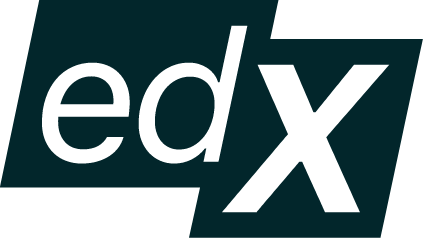
A professional portfolio is a great way to share your work with potential employers and peers in the tech industry. In fact, many tech employers require a portfolio as part of the application process.
In this guide, you will learn how to build a portfolio that stands out from the crowd and showcases your value as a professional.
Let’s start with the basics and then dive into best practices. Feel free to jump to the topic that interests you most.
- What is a product management portfolio?
- Why do employers care about my portfolio?
- How do I set myself up for success?
- How do I create a competitive portfolio?
What is a product management portfolio?
A product management portfolio is a curated collection of work samples, projects, and accomplishments. It gives professionals an opportunity to demonstrate their skills, expertise, creativity, and experience.
Many professionals use their portfolios as a powerful tool to showcase their capabilities to potential employers. It allows them to present concrete evidence of what they can do, giving employers a better understanding of their knowledge and skill sets.
Why do employers care about my portfolio?
A portfolio showcases what a resume and cover letter can’t — the actual work. This gives employers a glimpse of what you can do.
Here are some key insights that employers gain from a portfolio:
Passion & enthusiasm — personal projects, contributions to open-source initiatives, and activity metrics indicate your passion for product management and commitment to continuous learning.
Technical skills — employers can view which programming languages, frameworks, and tools you use, and what your proficiency level is for each skill.
Creativity and innovation — employers assess whether you can develop unique solutions, implement novel ideas, or showcase out-of-the-box thinking.
Project complexity and scale — handling large-scale projects, managing dependencies, collaborating with teams, and delivering results within specific constraints are some examples that employers are looking for.
Problem-solving skills — by analyzing the projects and case studies presented, employers can gauge how effectively you approach challenges and devise solutions.
Communication and presentation skills — it highlights your ability to effectively communicate complex ideas through the clarity of project descriptions and documentation. Employers utilize these insights to see how you will interact with clients, team members, and stakeholders.
Expert advice
“This is an opportunity to engage with prospective employers/recruiters and catch their attention by demonstrating what you have to offer them. Product managers often look for innovative ways to improve products in various ways. Be sure to highlight projects that demonstrate your innovative niche that will bring about positive outcomes in this industry.”
– Lisanda T., career expert at edX

How do I set myself up for success?
Our top two tips for setting yourself up for success are:
- Showcase diversity and depth
- Focus on quality and impact
These two pieces of knowledge are the foundation to creating a portfolio that works for you. Demonstrating your wide range of projects will help employers know the breadth and depth of your skills, which displays your versatility and adaptability. Prioritize quality and impact when selecting projects to include in your portfolio. This may be narrowing in on projects that are meaningful to you or have made a notable impact. Show how and where you have overcome significant challenges, implemented innovative solutions, or achieved remarkable outcomes. Employers are more interested in seeing the value you bring and the real-world impact of your work rather than the number of projects you completed.
How do I create a competitive portfolio?
A competitive portfolio shows that you bring value, skills, and passion to your work. So how exactly does one achieve this? Well, it differs by person and career goals, but there are a few criteria that you don’t want to neglect. We categorized these criteria into two sections below: personal bio and projects.
Personal bio
- Use a personalized photo or image. A personalized photo or image indicates that you are active on the platform, and helps the viewer connect with you.
- List your email or preferred contact information.
- Add the link to your LinkedIn profile.
- Include a tagline that represents your value and skills. Remember that the viewer of your profile may not personally know you yet. Your tagline helps them understand the type of work that you excel at. For example, “Product manager with expertise in financial technology.”
- Include a minimum of 5 skills or tools listed as proficiencies. There’s no need to list the proficiency percentage of skills or technologies.
Projects
- List 3-5 high quality projects in your portfolio. These projects should represent the type of work that you enjoy doing. If you are new to the tech industry, try to include some personal projects or freelance projects in addition to any course projects.
- Link your projects. Include links to the specific live project, and a sub-page for the individual project. Individual projects or group projects can be included. Projects demonstrate your specific proficiency in the jobs you are applying for or show a diverse skill set.
- Project details. Ensure that you write a short description of the problem being solved. Include a list of concepts, tools, and software (if applicable) used in the analysis and solution.
Pro tip:
Did you know that you can add images and screenshots to your portfolio? Easy-to-understand thumbnails, screenshots, or artifacts from each project help you stand out and keep viewers engaged.



